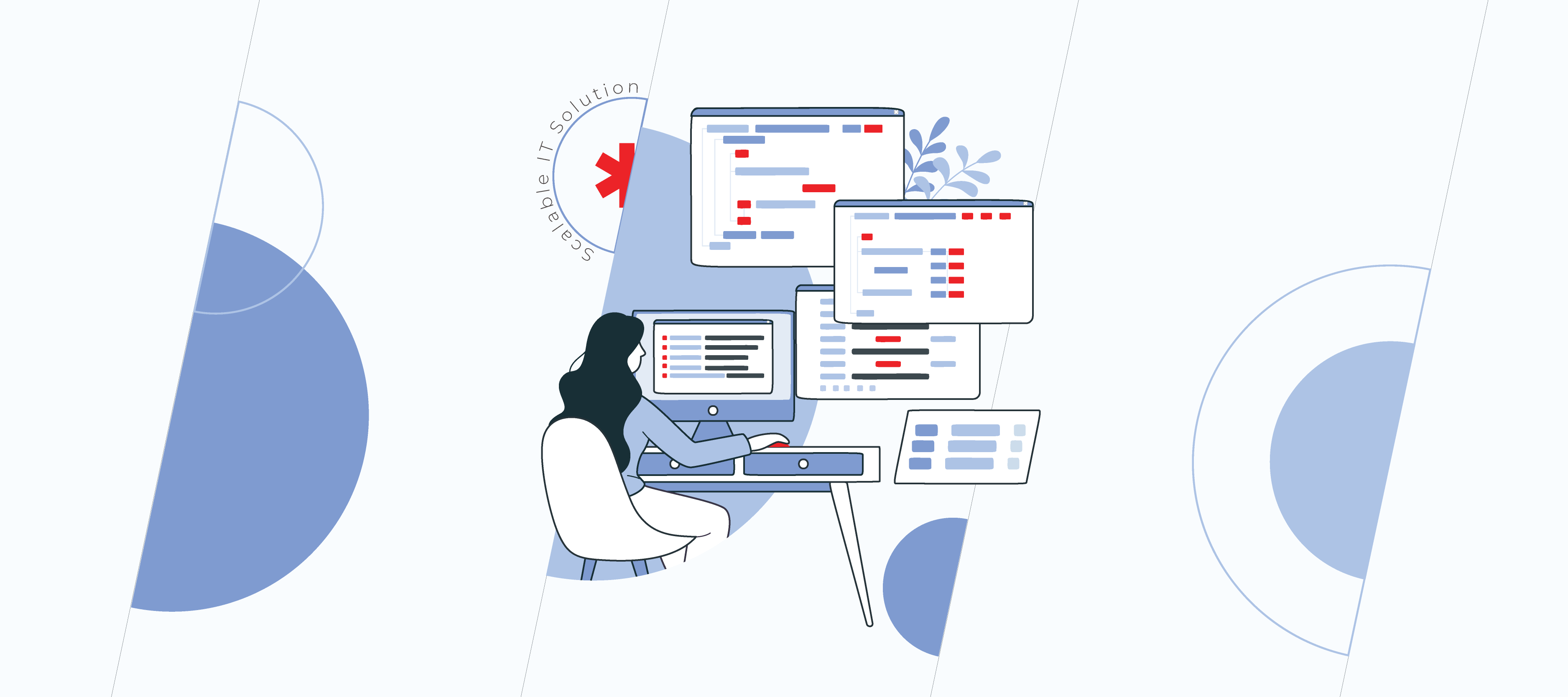Nothing lasts forever. Software is no exception. Something that once was a solution, suddenly or gradually – depending on your luck – turns into a problem. We’re all going digital and agile, while those big old dusty back-office systems hold us back, becoming a hindrance, not a help.
We have already discussed the reasons to get rid of legacy software. Now, it’s time to look at the pitfalls which are scattered about the way to modernization.
- Procrastination
We tend to put off the changes for as long as we can because we’re afraid of them. Terrified, really. The last thing any CEO wants is to be the person who spent a fortune on an IT overhaul. But it’s almost impossible to predict whether some unusual or unexpected combination of activities will one day cause a catastrophic crash of the super complex software your business relies upon.
The “do-not-touch-the-bomb” approach doesn’t work all that well, as the explosion is inevitable anyway. And then, will you be ready to deal with the damage? Once you realize that keeping the old system as it becomes a bigger risk and a greater cost than changing it, it’s time to take action.
- Lack of understanding of your current state
Before taking on such a significant and costly process as software modernization, you need to make sure your decisions will not be mere guesswork but based on solid facts. To pinpoint the root causes of the problems and define the critical steps for fixing them, you need to have a proper diagnostic view of your system.
The main metrics you have to pay attention to while assessing your system are its efficiency, robustness, security, changeability, transferability, compliance, technical debt, and size. Moreover, find out the major risks by identifying the most critical resiliency and performance vulnerabilities.
- Acting without a plan
Instant decision-making is one of the most common mistakes when it comes to software modernization. Thinking that “it’s too simple to be carefully planned” is another one. In fact, a good plan allows you to set measurable objectives and doesn’t let the details (which may turn out to be crucial for the project) slip your mind.

- Being TOO agile
Agility is everything, or so they say. Go for it and never look back, they prod.
Well, yeah, an agile approach helps to make smarter and more creative decisions. However, over-the-top obsession on it provokes unnecessary hesitation on each stage of the project. Constant changes ‘here and there’ ‘every now and then’ might take you so far off track that you can easily get lost in your good intentions which are the direct way to a technical hell. This means at some point, you need to stop just generating great ideas and actually start implementing them.
- Losing the focus
The desire to handle more than was initially planned can be pretty tempting. Sometimes making unscripted fixes is the right choice. Other times it can lead to unfavorable consequences in terms of quality or deadline. To avoid them you need to be aware of the impact of different reengineering or architectural changes.
- Underestimating the power of testing
Users are unlikely to tolerate disruptions in the software they use. Proper testing at each stage helps to detect regressions before a roll-out and ensures alignment and accuracy.
- Losing touch with the team
Legacy software modernization requires constant communication with the entire team. Forcing employees to change their habits is not the best policy. Instead, try to get them involved in new routines. Updates to the stakeholders, memos, and short staff meetings are an essential part of accepting the changes.

- Not taking into account the impact of data
When starting the software modernization process, companies usually pay close attention to functionality and code, ignoring the underlying data. Well, they shouldn’t, actually. Inappropriate data structures can make the necessary changes impossible, or a new code more complex. On the other hand, restructuring data may also have an unexpected impact on the existing code or performance. So don’t let this issue catch you off guard, and make sure to consider all the options in advance.
- Thinking that re-engineering is not that big of a deal
As we’ve already mentioned, re-engineering is not about writing “a piece of code.” There needs to be a set of tasks and guidance to perform each step, as well as an understanding of how the whole fits together. In addition, it’s necessary to take a broad reengineering-in-the-large view that integrates the processes and work products for the entire project. The best way to do this is to find an experienced IT partner who will guide you through the process ‘one step at a time,’ avoiding the pitfalls and complementing your in-house abilities.
This is not the full list of sticking points you may have when deciding on legacy software modernization. However, if any of them seem familiar to you and your company, we are here to clear up all the doubts and help you to analyze your current system performance, provide high-level consultancy and make up a perfect team for re-engineering or legacy software update.








